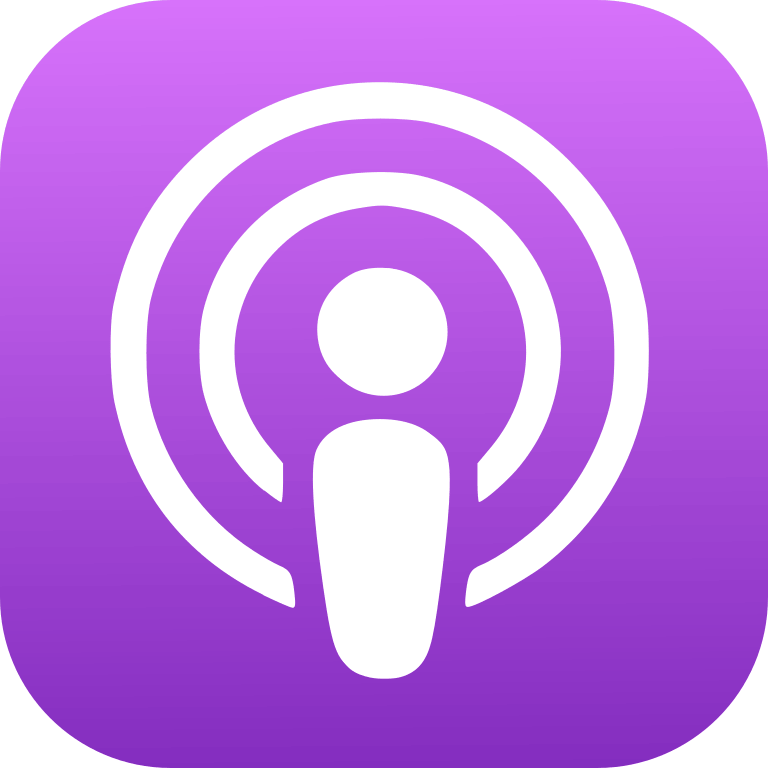 |
Crossing Borders: Hebrew Manuscripts as a Meeting-place of CulturesAuthor: Oxford University
The Bodleian Library's winter 2009/10 exhibition tells the story of how together Jews, Christians and Muslims have contributed to the development of the book. Crossing Borders: Hebrew Manuscripts as a Meeting-place of Cultures draws on the Bodleian's Hebrew holdings, one of the largest and most important collections of Hebrew manuscripts in the world. Covering a time span of 300 years between the thirteenth century and fifteenth century, the exhibition brings to light different aspects of Jewish life in a non-Jewish medieval society. The social and cultural interaction between Jews and non-Jews in both the Muslim and Christian world is mirrored in the blending of the inherent elements of the manuscript such as decorative patterns, writing styles, script types and text genres. As a result Hebrew manuscripts produced in different geo-cultural regions look quite different, showing greater similarities to the non-Hebrew books produced in the same region than to each other. By importing elements of the host culture, the Hebrew manuscripts are proof of coexistence and cultural affinity, as well as practical cooperation between Jews and their non-Jewish neighbours in the Middle Ages. The assortment of manuscripts is not restricted to religious text, but expend to literary and scientific works as well. Language: en Genres: Education, Religion & Spirituality Contact email: Get it Feed URL: Get it iTunes ID: Get it |
Listen Now...
Conclusion to Crossing Borders
Monday, 10 May, 2010
The conclusion to the Crossing Borders exhibition. The exhibition tells the story of how Jews, Christians and Muslims have contributed to the development of the book.




